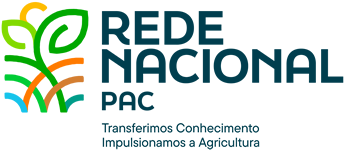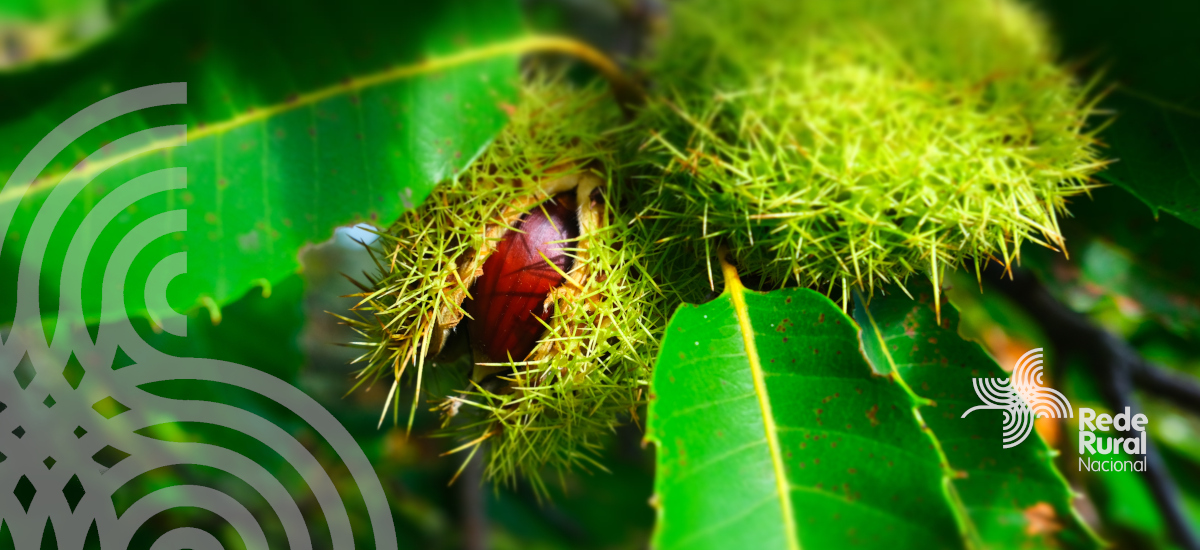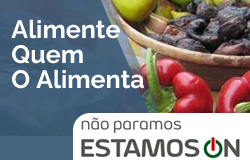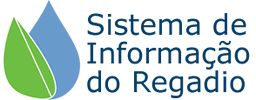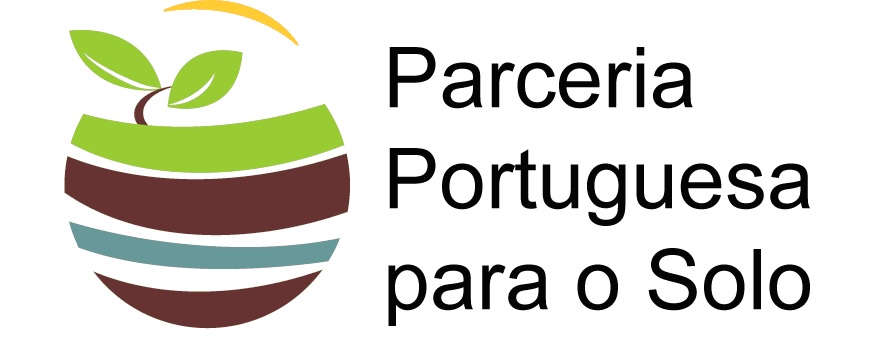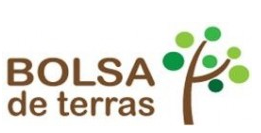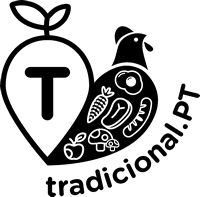Biodiversity hotspots are among some of the habitats most threatened by climate change, and the Brazilian Atlantic forest is no exception. Only 11.6 % of the natural vegetation cover remains in
...To evaluate the vulnerability of agriculture under Mediterranean conditions, the real water needs of agriculture in the Fluvià watershed (Catalonia, NE Spain) were estimated for the XXIst century
...Riparian ecosystems have unique biodiversity, are highly sensitive to disturbance and anthropogenic influence. As world water resources become scarcer, scientists predict greater competition
...The main aim of this manuscript is to provide some fundamental concepts related to climate and to its inherent variability, which might be considered an essential tool for a better judgment of
...The tomato red spider mite, Tetranychus evansi, is an emerging pest of solanaceous crops. Two distinct genetic lineages (I and II) have been identified, lineage I having a much wider geographic
...The human population is projected to reach more than 10 billion in the year 2100. Together with changing consumption pattern, population growth will lead to increasing food demand. The question
...Drought is among the most damaging, and least understood, of all "natural" hazards. Although some droughts last a single season and affect only small areas, the instrumental and paleoclimate
...Using a multi-model ensemble of climate-change impacts over the Iberian Peninsula, we identified regions and cropping options for which the uncertainty levels of projected impacts on crop
...Irrigated agriculture is the main source of water withdrawals, accounting for around 70% of all the world's freshwater withdrawals. The development of irrigated agriculture has boosted
...Climate change projections point to increasing air temperature and reduced precipitation in southern Portugal, which would affect farming systems. This study aims to assess the impacts of climate
...